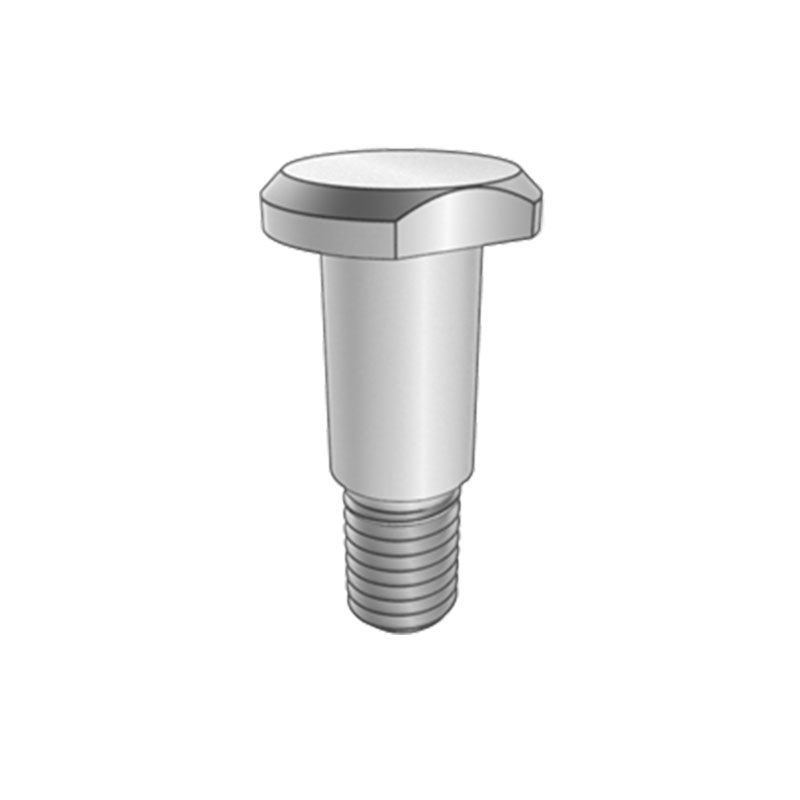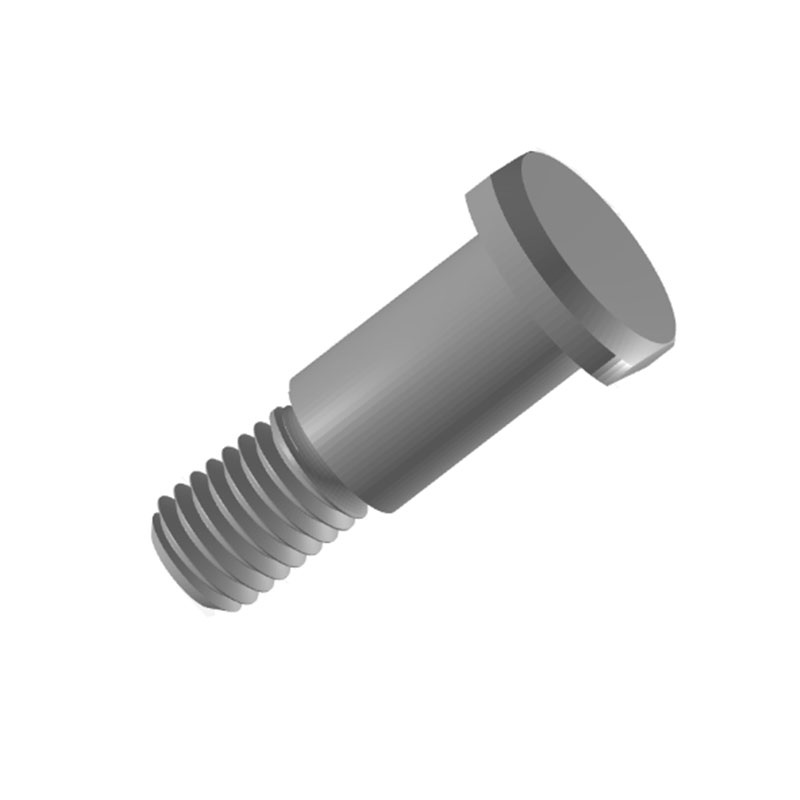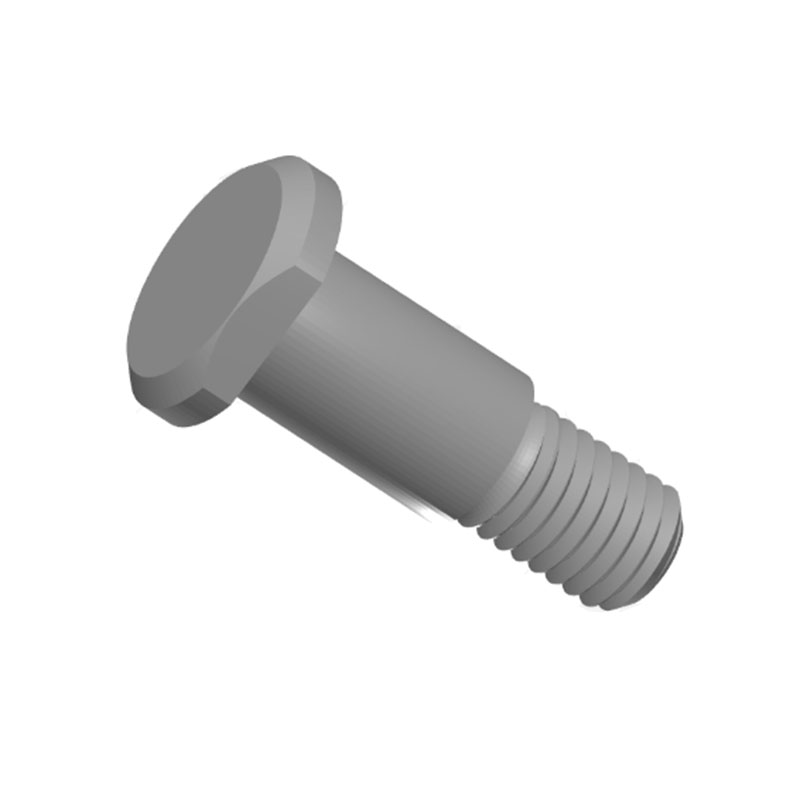Clevis pins with head stud end
Send Inquiry
Clevis pins with head stud end can play the role of blocking and positioning, and the other end is the stud end with threads on it, which can be fixed in combination with the nut. They can meet the needs of various different scenarios.
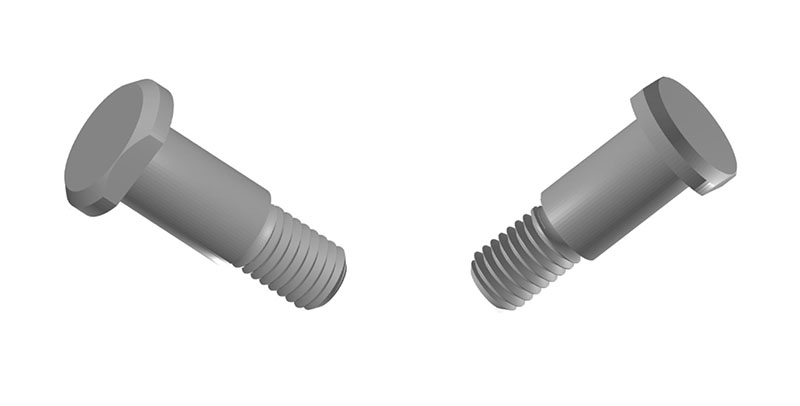
Product detail
It can be used to adjust the trailer brake lever. You can pass the pin through the connecting rod eye and the U-shaped bracket. The head can prevent it from slipping out, while the stud end can be used to tighten the lock nut. This is more effective than cotter pins in controlling road vibration and preventing the connecting rods from loosening during driving.
You can use Clevis pins with head stud end to fix the pulleys or shackles to the deck fittings. Their fixing effect is very good. You can pass them through the holes of accessories and hardware. The head can prevent the pulley from sliding out of the boat, and the stud end can be used in conjunction with the nylon lock nut. The seawater won't wash it away like a cotter, and it can be easily unscrewed with just a wrench during maintenance.
The pin can be used to adjust the tension of the conveyor belt in the production line. They can fix the tension rods and U-shaped pins. Slide it into the bracket and install the washer and lock nut on the stud. The U-shaped pin can prevent lateral displacement, while the nut can ensure precise tension maintenance under continuous vibration.
Product parameters
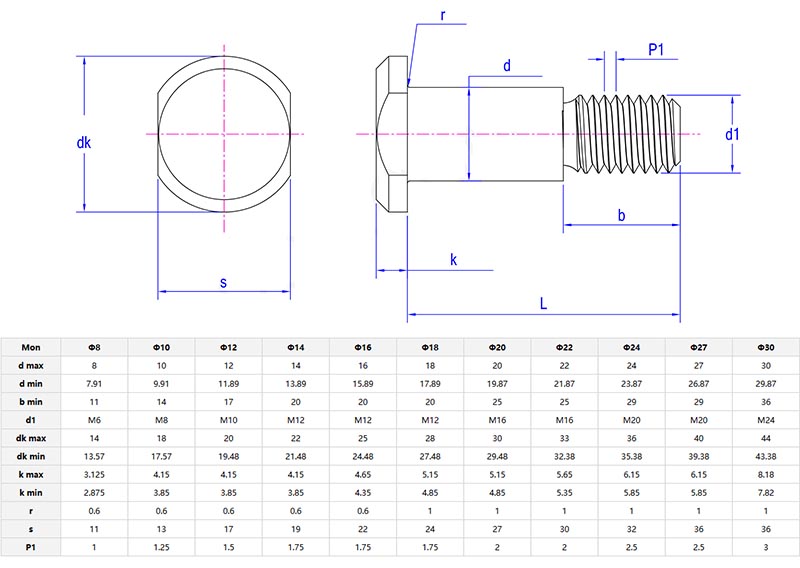
Product feature
The most distinctive feature of Clevis pins with head stud end is its head and stud end. When making some foldable outdoor furniture, such as folding chairs, the backrest and seat of the folding chair need to be able to be flexibly folded and fixed. They can install the head on the frame of the chair seat, with the stud end passing through the connection hole on the backrest, and adjust it to the appropriate tightness with a nut. It can ensure that the backrest and seat are firmly connected, and the person sitting on it will not shake.


